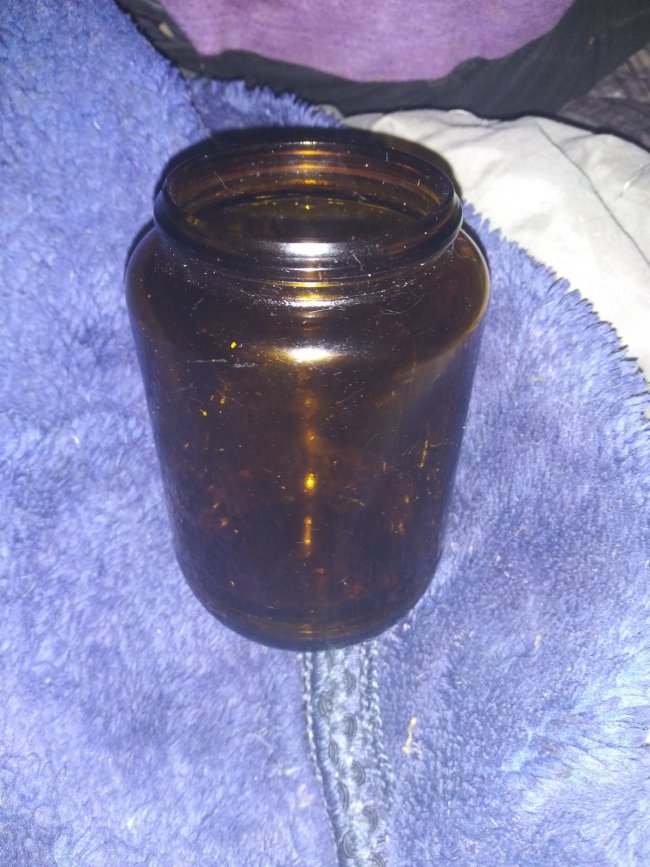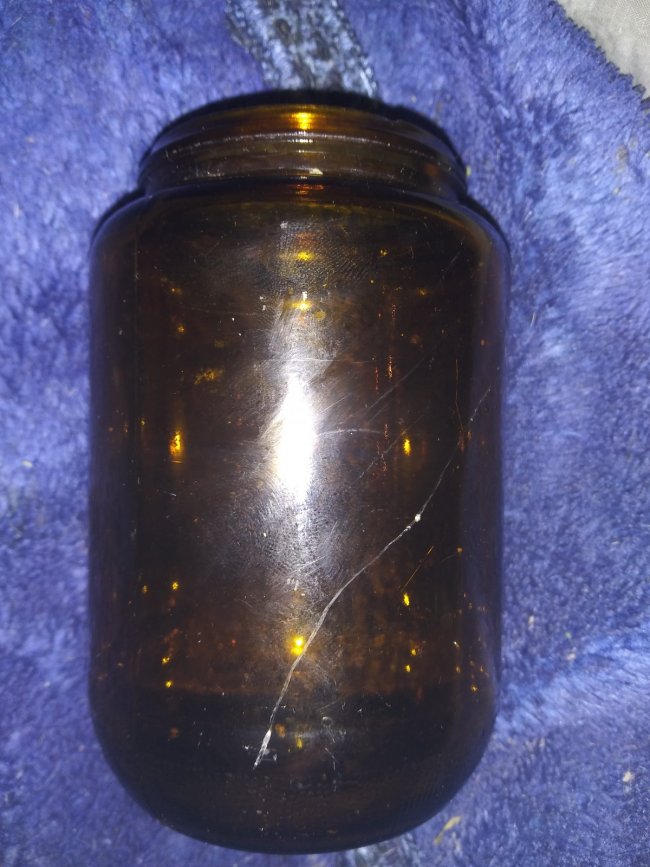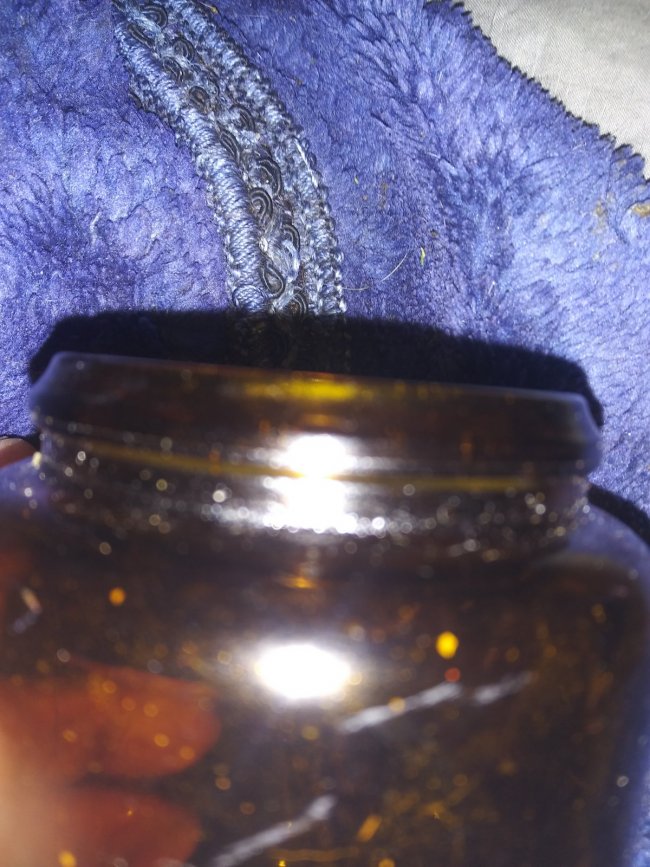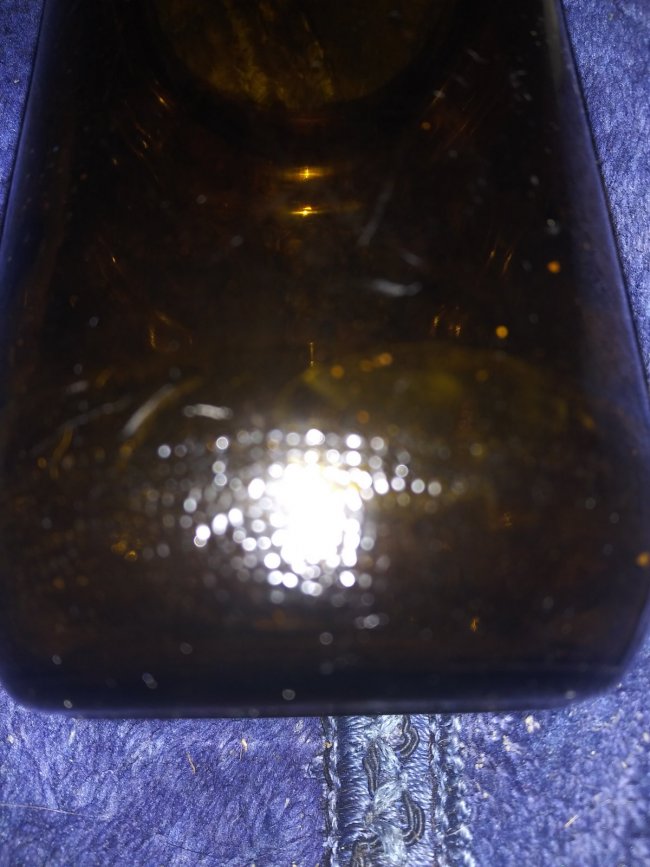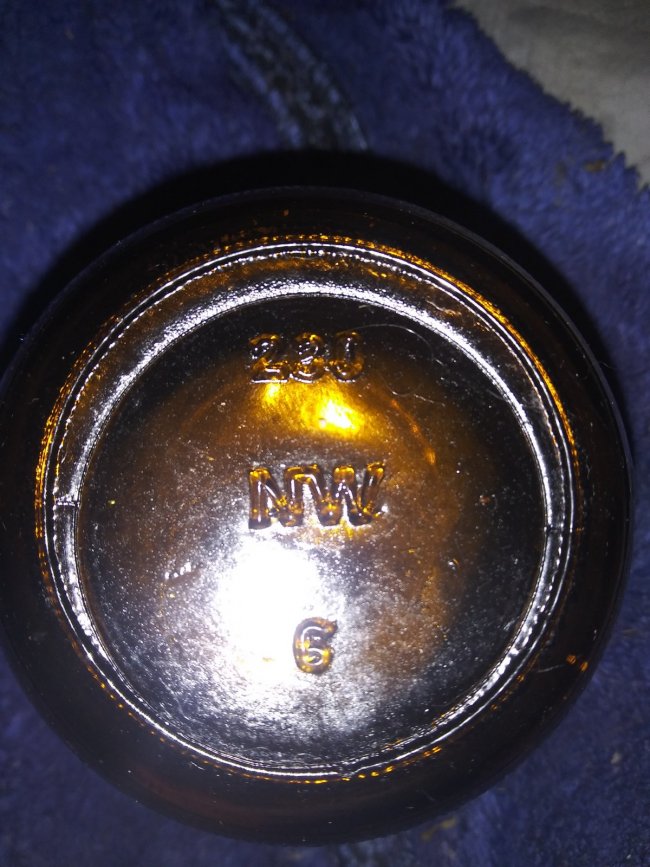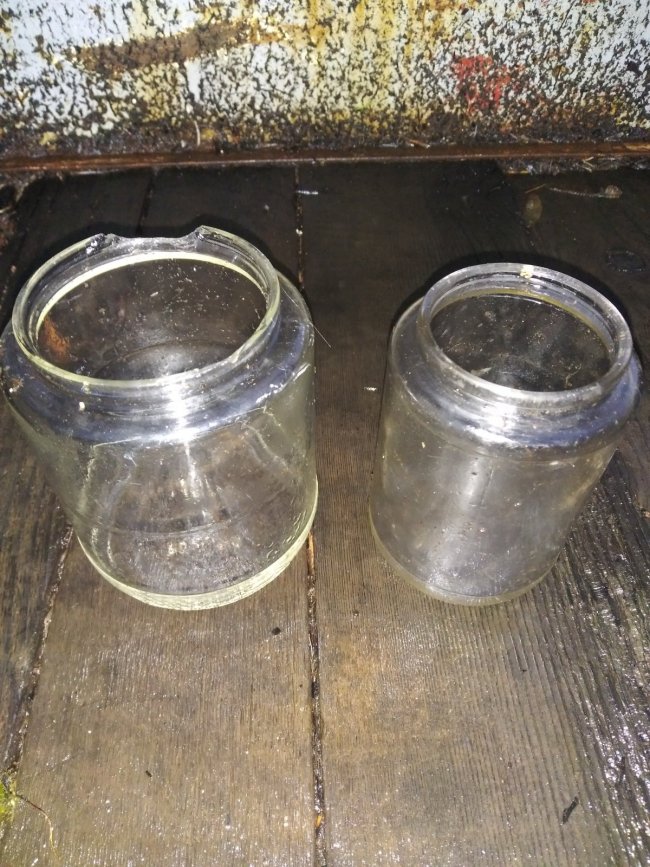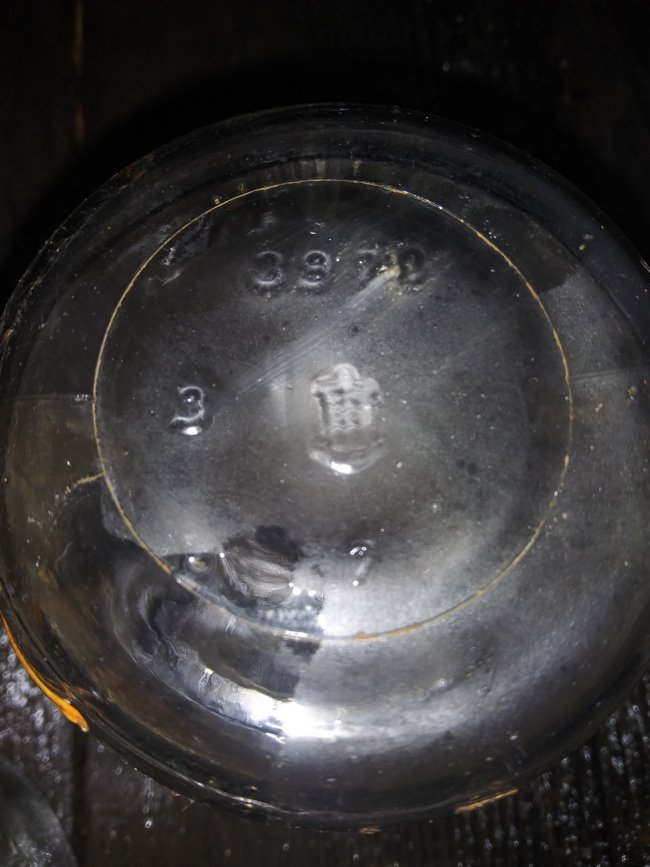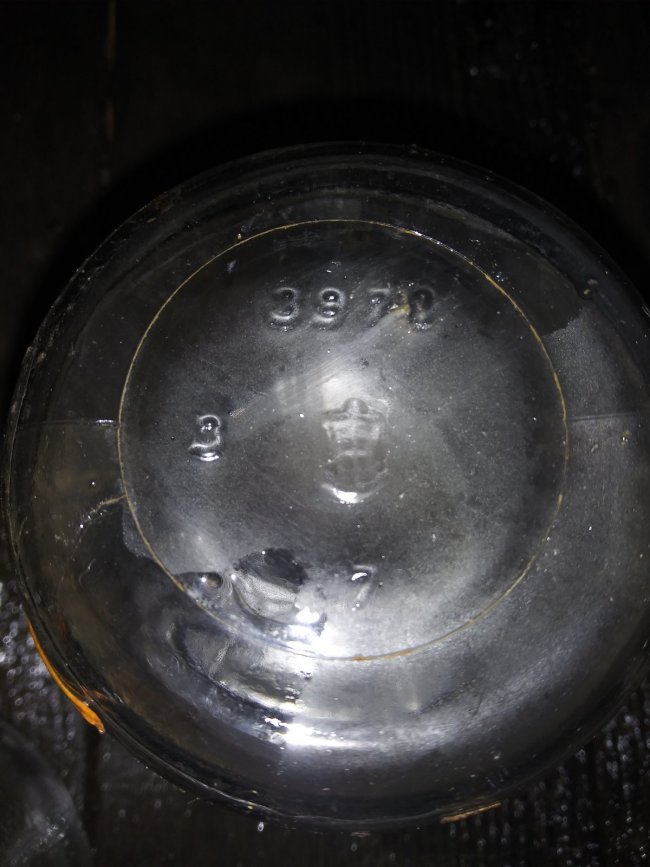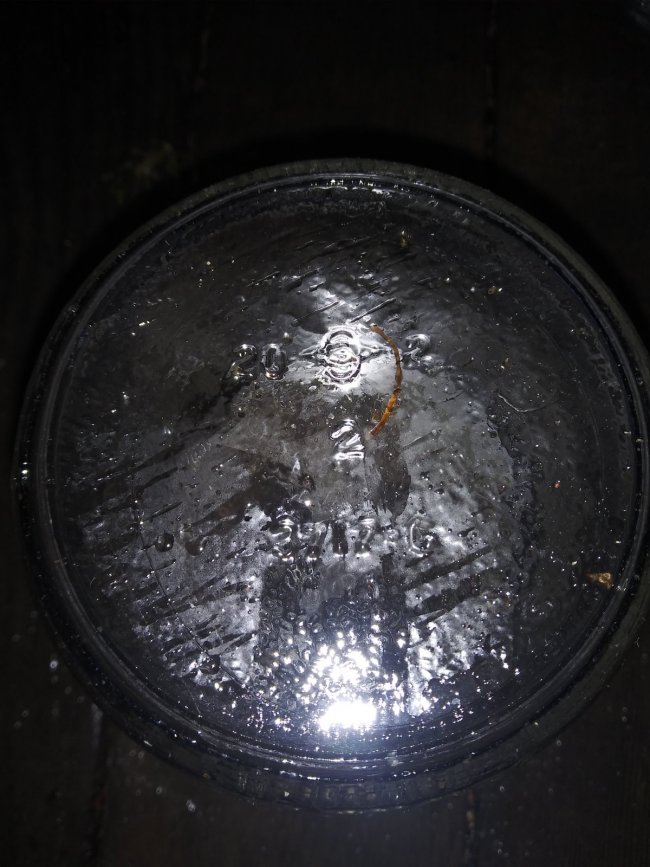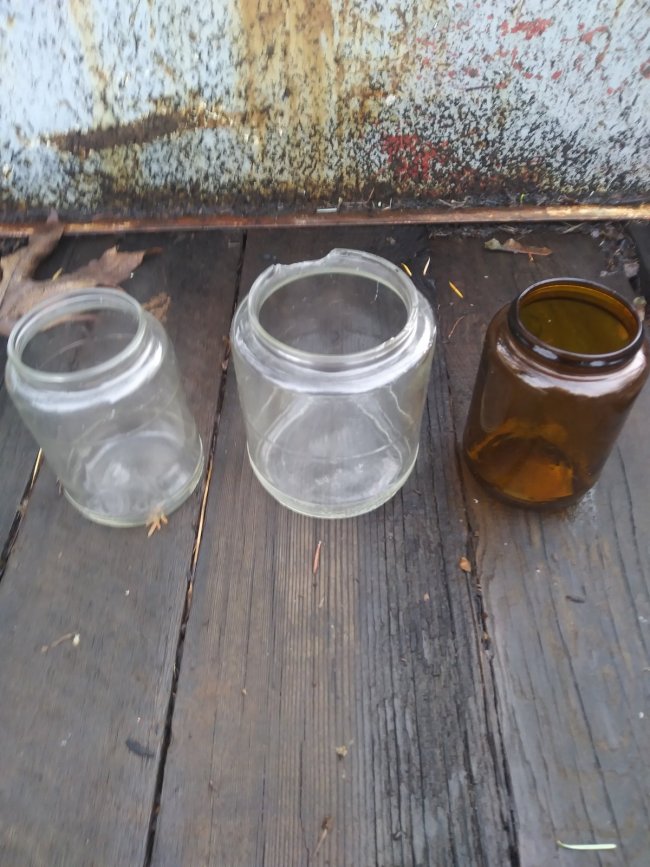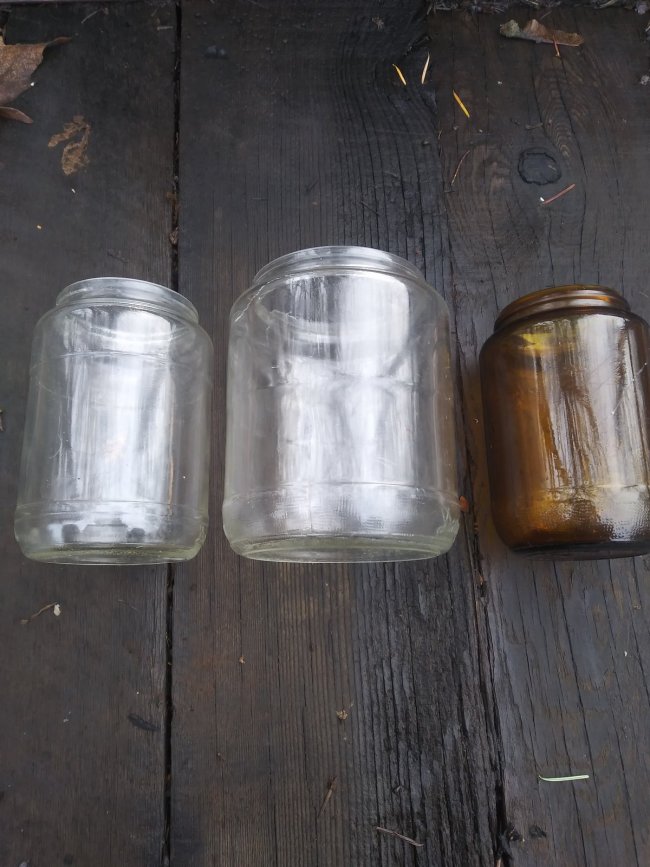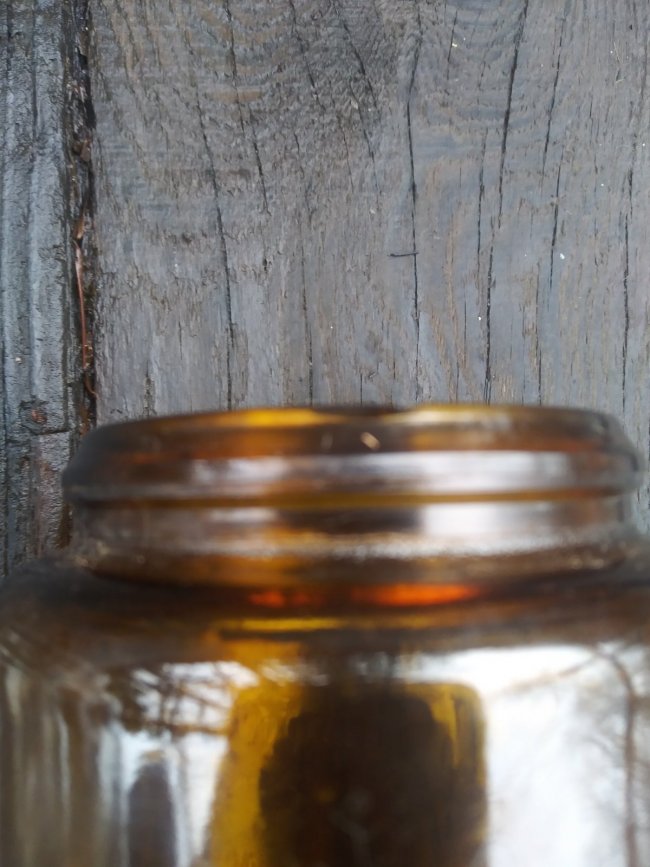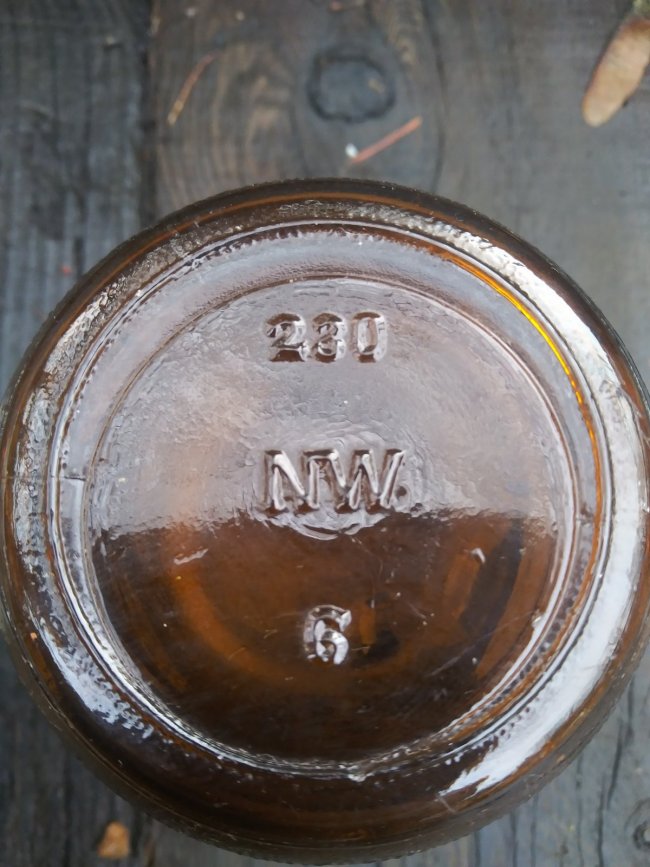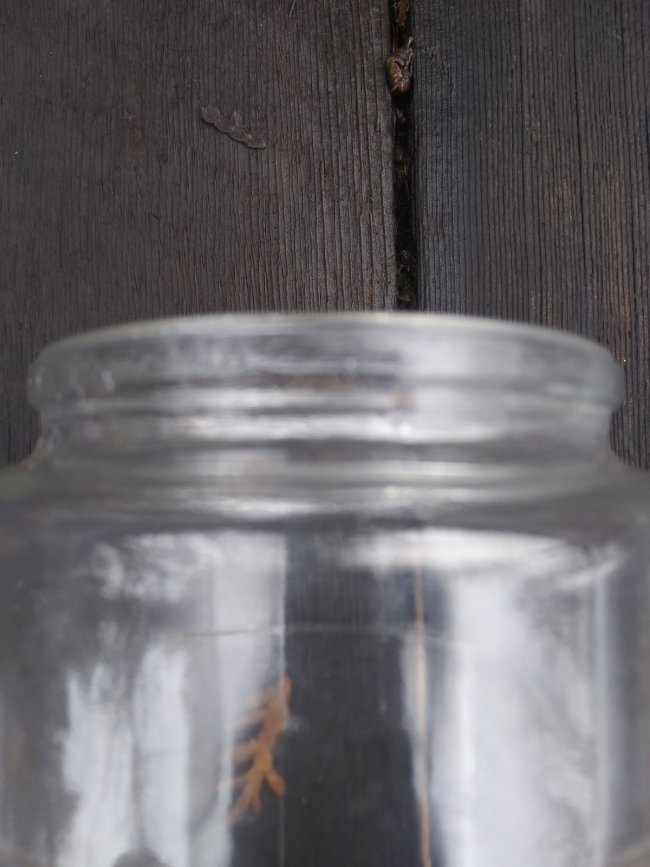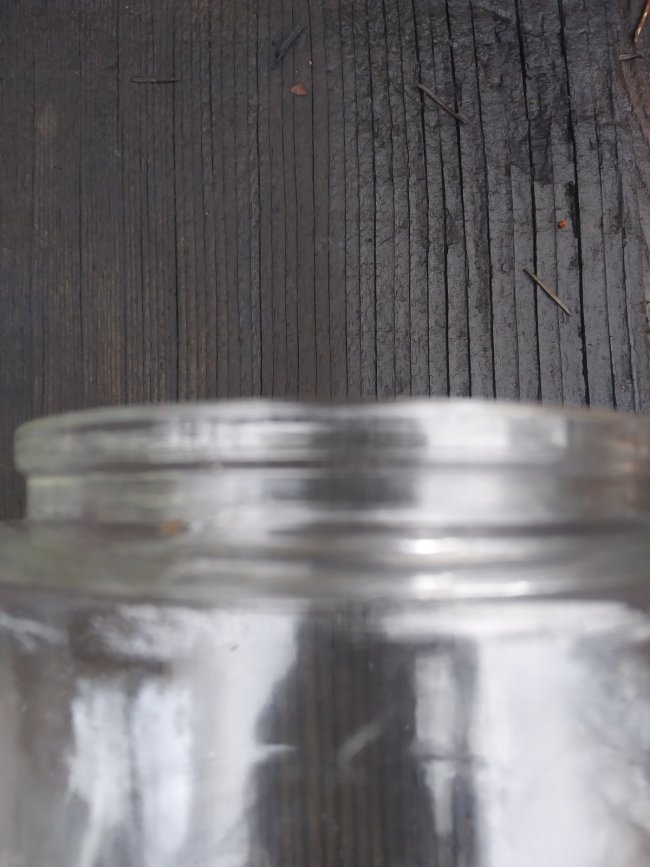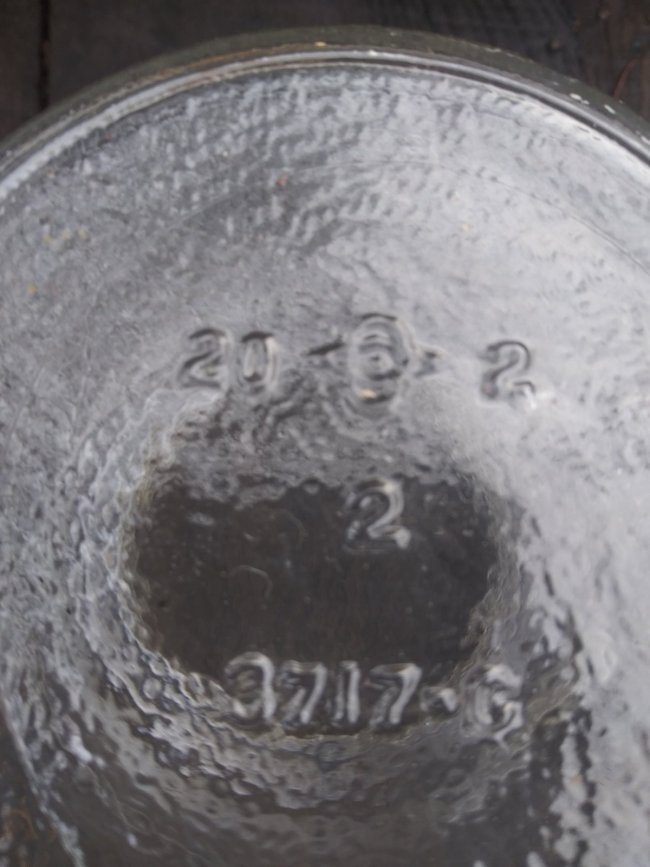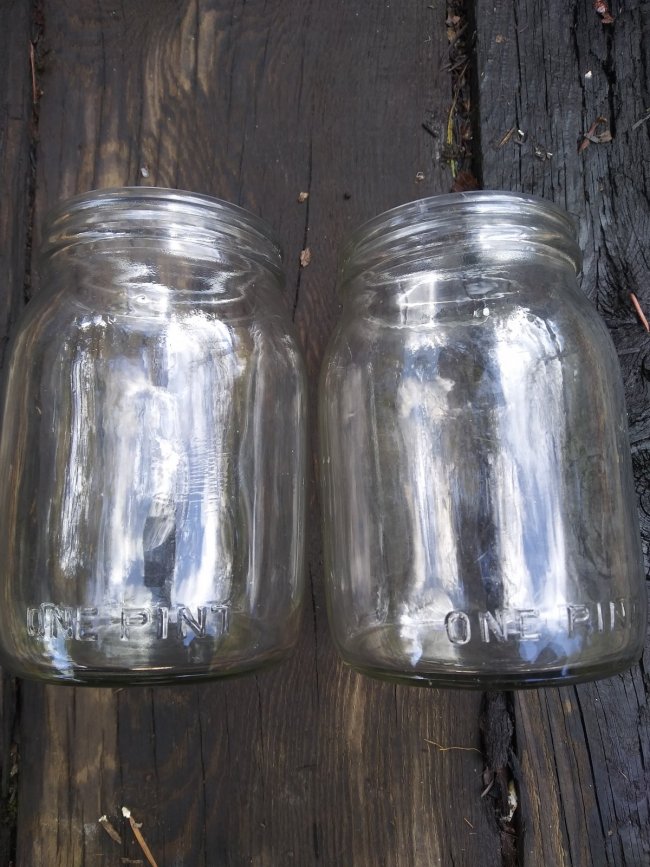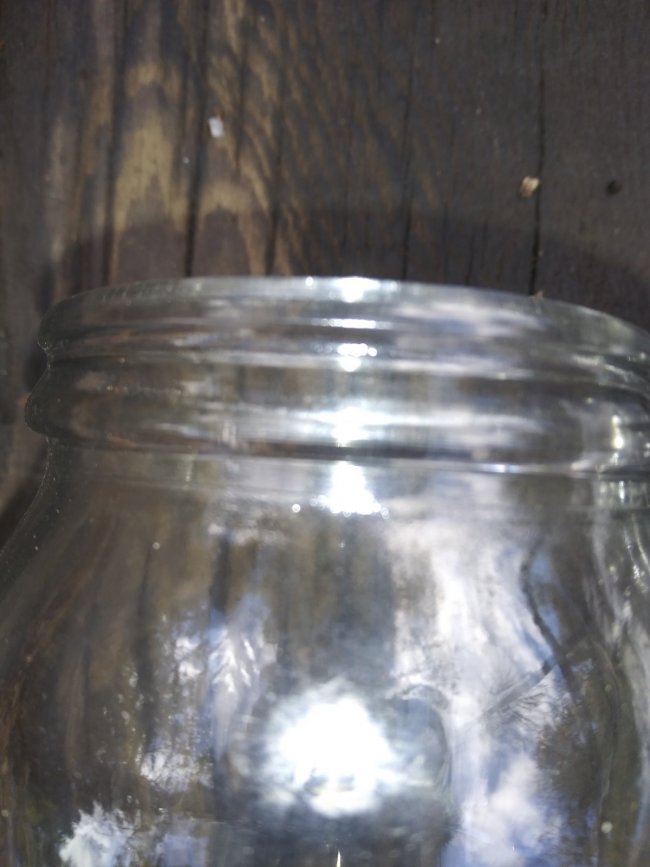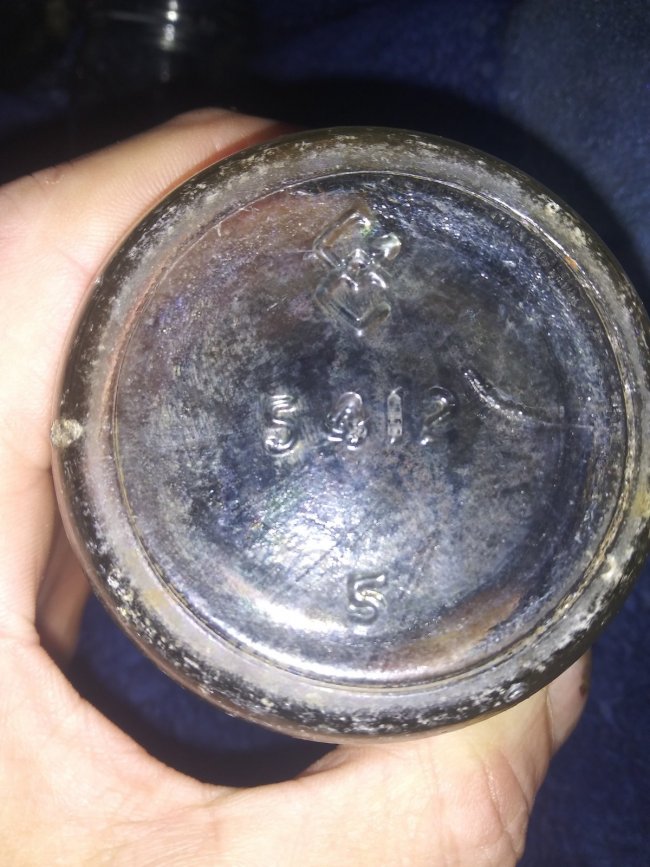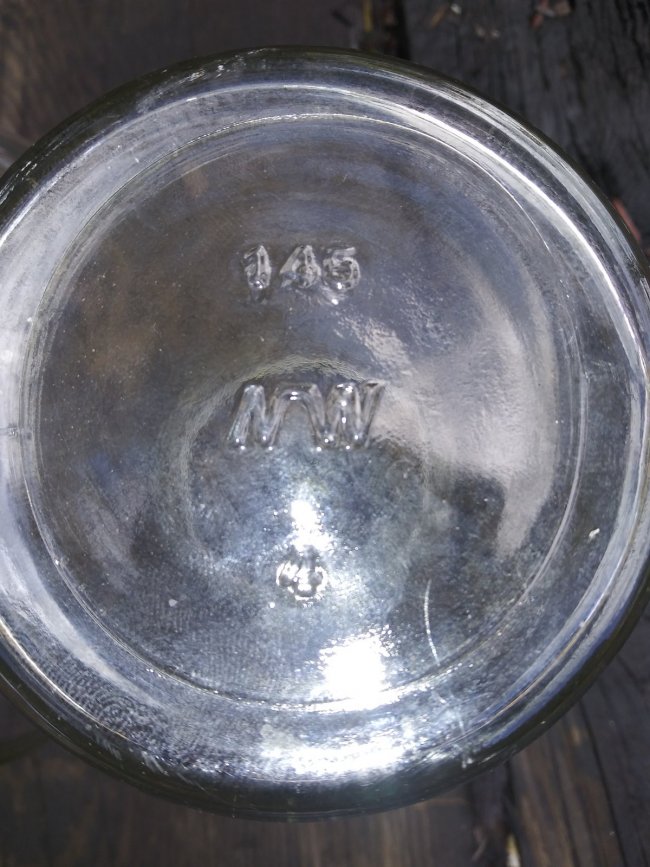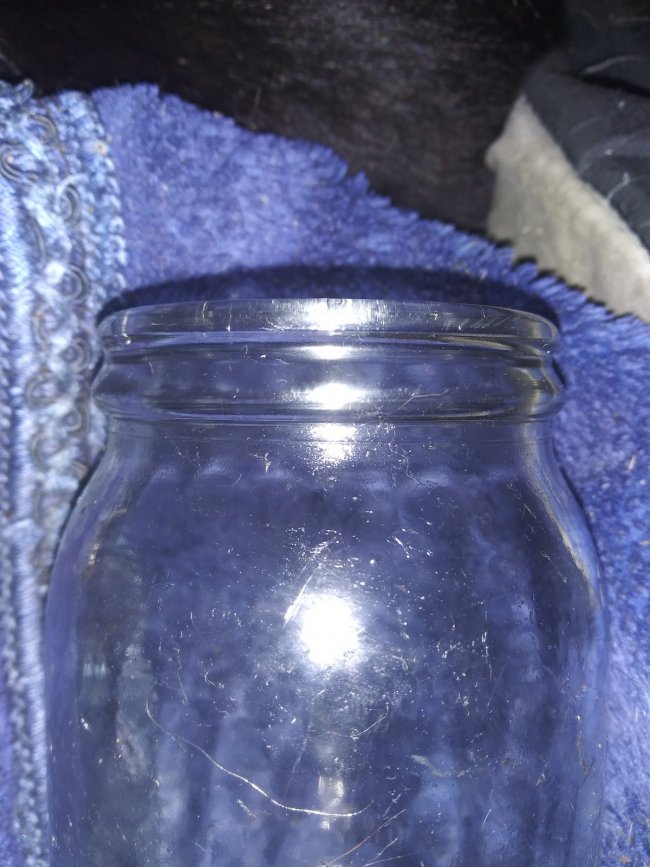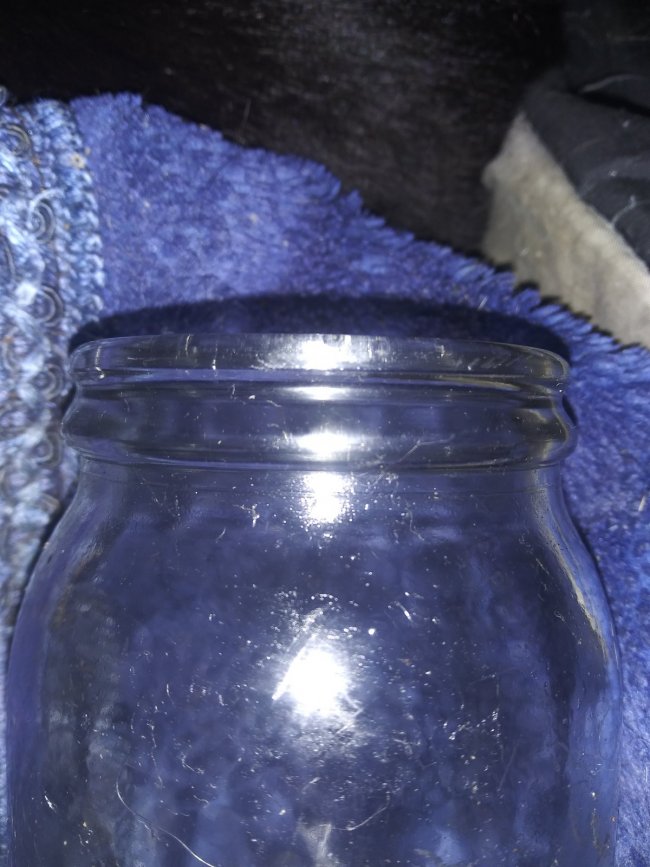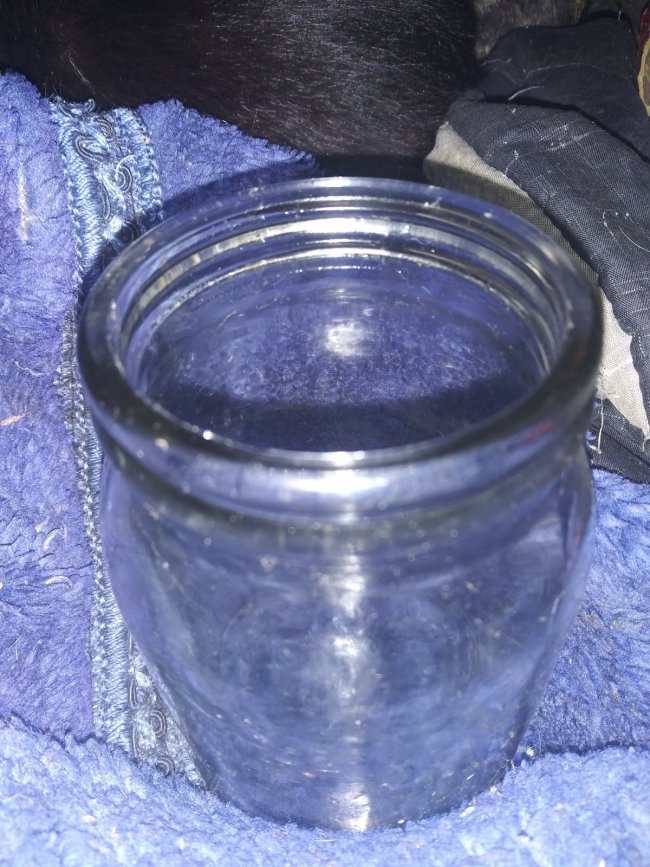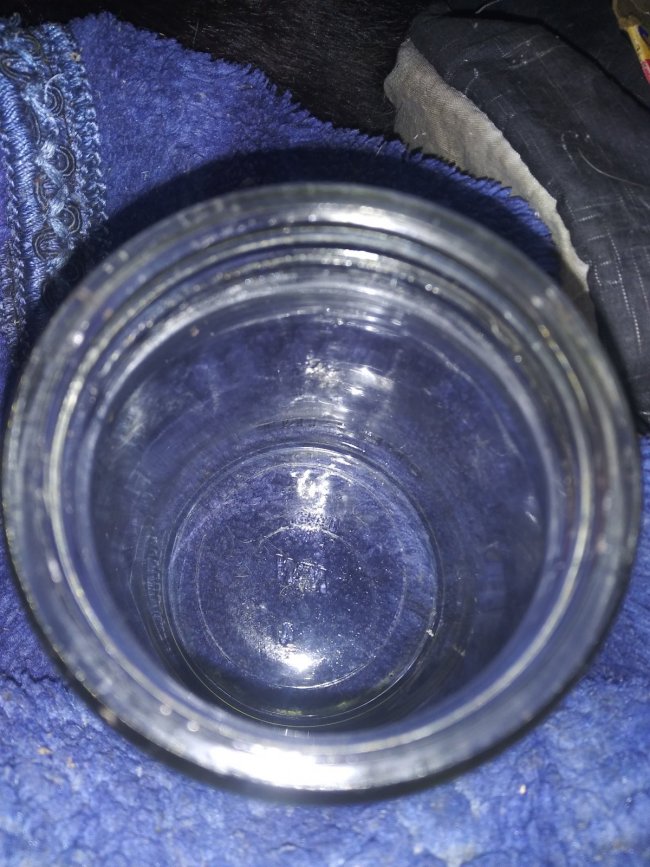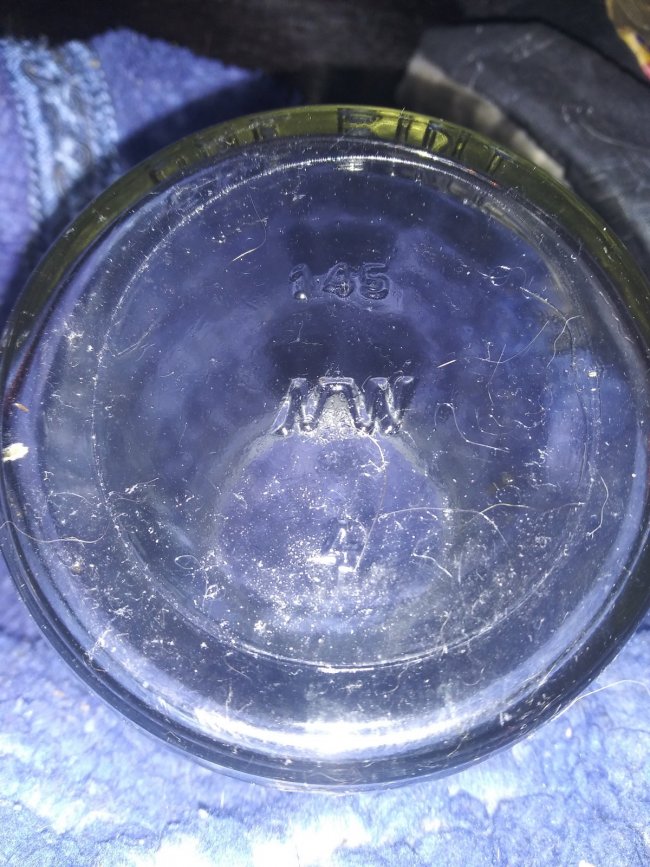DavidW
Well-Known Member
Hello Rick & Carrie! Well, the general shape is called a "wide mouth packer jar" and that means a "generic" jar that could have contained any of many different products. But, since it is amber glass I am guessing it might have been a coffee jar. Some brands of coffee used to be packaged and sold in glass jars.
BUT it might have held some other kind of product. Without a label, it is often a guessing game!
About the markings on the base, Anchor Hocking Glass was formed in 1937 so we can be sure the "24" is not a date code on this particular jar. Sometimes glass companies changed the orientation / placement of codes on the bottoms of their containers, for various reasons, not all of which are known now.
In this case, the four-digit number above the logo (the trademark "H superimposed over Anchor" logo used by Anchor Hocking) is a catalog number (mold number or mold style number) assigned to that particular jar shape/design. That number would appear in paperwork such as invoices, catalogs, and other communications between the glass company and their customers.
The other two numbers are most likely plant location codes and mold numbers. My guess is that the "6" is a factory location code, and "24" is the mold number (mold cavity number). But I might be wrong on that. To be honest, interpreting the markings on the base of bottles and jars can be very tricky. Researchers do the best they can, but mistakes are made occasionally!
Some types of containers are more likely to carry date codes. These include soda and beer bottles. For instance most soda bottles made by Anchor Hocking that I've seen from the 1940s and later have date codes to the right of the logo.
Another clue to age: the "stippling" (textured design) on the base is a characteristic that was gradually implemented on glass bottles in the US beginning around 1940. So we can be sure the jar dates sometime after that year.
I think the jar dates from sometime in the 1940s-1960s, but I know that doesn't narrow it down much! I wish I could be more helpful here. David
BUT it might have held some other kind of product. Without a label, it is often a guessing game!
About the markings on the base, Anchor Hocking Glass was formed in 1937 so we can be sure the "24" is not a date code on this particular jar. Sometimes glass companies changed the orientation / placement of codes on the bottoms of their containers, for various reasons, not all of which are known now.
In this case, the four-digit number above the logo (the trademark "H superimposed over Anchor" logo used by Anchor Hocking) is a catalog number (mold number or mold style number) assigned to that particular jar shape/design. That number would appear in paperwork such as invoices, catalogs, and other communications between the glass company and their customers.
The other two numbers are most likely plant location codes and mold numbers. My guess is that the "6" is a factory location code, and "24" is the mold number (mold cavity number). But I might be wrong on that. To be honest, interpreting the markings on the base of bottles and jars can be very tricky. Researchers do the best they can, but mistakes are made occasionally!
Some types of containers are more likely to carry date codes. These include soda and beer bottles. For instance most soda bottles made by Anchor Hocking that I've seen from the 1940s and later have date codes to the right of the logo.
Another clue to age: the "stippling" (textured design) on the base is a characteristic that was gradually implemented on glass bottles in the US beginning around 1940. So we can be sure the jar dates sometime after that year.
I think the jar dates from sometime in the 1940s-1960s, but I know that doesn't narrow it down much! I wish I could be more helpful here. David

